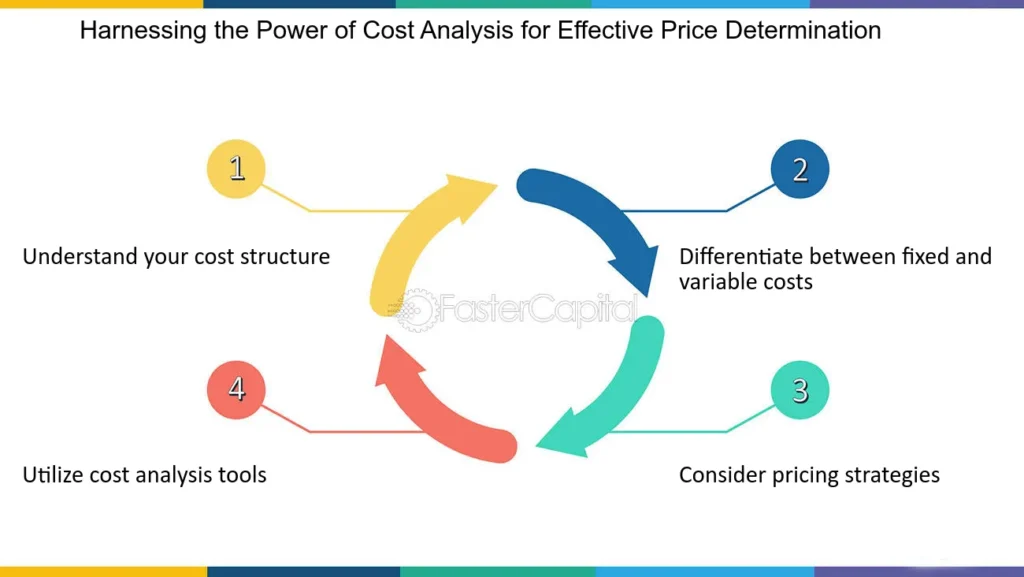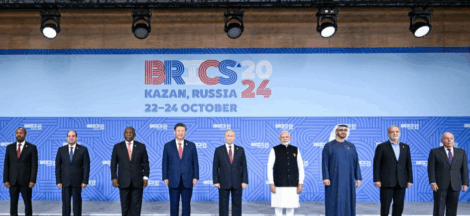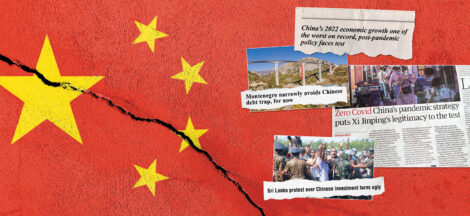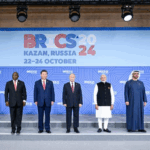By K Raveendran
OPEC+ appears to be navigating one of its most intricate balancing acts in recent years as it prepares to announce a fourth consecutive production hike. The move, at first glance, seems at odds with its long-standing goal of stabilizing and supporting oil prices. The geopolitical volatility roiling markets—ranging from disruptions in the Red Sea to unpredictable output from sanctioned states—would normally prompt a more conservative stance. Yet, the group’s decision to incrementally boost supply instead signals a strategic recalibration of its objectives, one that prioritises long-term relevance and market share preservation over short-term price spikes. The strategy reveals OPEC+’s growing understanding that clinging too tightly to price floors may risk ceding ground to new players and alternative energy narratives.
The decision to continue with supply increases, even amid international uncertainty and soft patches in global demand, is not without consequence. Traditionally, OPEC+ acted as a price stabiliser, often tightening supply during downturns or uncertainties. That pattern has clearly shifted. These recent production hikes follow a trend of gradual unwinding of previous cuts—a process that began when markets started showing signs of resilience post-COVID recovery. But rather than a straightforward return to the old normal, this current path reflects a deeper pivot in OPEC+’s strategy. It is no longer merely a cartel that manipulates prices through output limitations. Instead, it is evolving into a flexible, quasi-commercial body that gauges the elasticity of demand, geopolitical sensitivities, and future-facing considerations such as the green transition.
The motivation behind this shift is multi-pronged. On one hand, the group is acutely aware of the growing pressure from both within and outside its ranks to preserve, if not expand, market share. The rise of non-OPEC producers, particularly in North and South America, has diluted the cartel’s leverage. The United States, now firmly entrenched as the world’s top oil producer, presents a unique challenge with its market-responsive shale sector. Every time OPEC+ cuts production to support prices, it inadvertently opens the door for U.S. producers to capture lost volumes. That cycle has played out multiple times since the shale boom began, and the group seems determined not to repeat the mistake of allowing rivals to build dominance during artificial supply constraints. As a result, OPEC+ is trying to maintain enough presence in the physical oil market to remain the fulcrum of pricing power, even if that means tolerating lower price ceilings in the near term.
This careful threading of the needle—between preventing a supply glut and protecting global influence—explains why the group is favouring a phased approach to output adjustments. The rhetoric accompanying each production increase has been measured, always framed as a response to improving demand forecasts or as part of a managed return to pre-cut levels. That language is deliberate. OPEC+ is attempting to preserve its image as a stabilising force while subtly shifting the narrative to one of proactive, data-driven adaptability. By smoothing out reductions and emphasizing gradual ramp-ups, the group avoids the sudden jolts that would spook markets and gives itself the option to tighten again quickly if macroeconomic or political variables shift.
Indeed, the geopolitical context remains fluid, which makes OPEC+’s strategy even more complex. Conflicts in Eastern Europe, disruptions in Middle Eastern maritime routes, and the unpredictable effects of sanctions on Russia, Iran, and Venezuela all affect supply dynamics in ways that are difficult to model. In such an environment, the capacity to respond with speed and nuance becomes more valuable than any rigid commitment to high prices. Flexibility, not fixity, is the currency of credibility. The group’s messaging has increasingly stressed this point—highlighting its ability to reconvene and adjust quotas rapidly if demand falters or if global inventories build to uncomfortable levels.
However, not all members of the alliance are equally positioned to navigate this new course. While the larger producers such as Saudi Arabia, the UAE, and Russia can afford to be patient or absorb temporary revenue hits, smaller economies dependent on oil income may find this tolerance difficult. For these nations, every barrel withheld in the name of market discipline is a budget deficit waiting to happen. Internal cohesion, always a challenge for OPEC, becomes harder to maintain when national imperatives diverge. The current approach of gradual production normalization helps in this regard—it gives smaller producers room to breathe, generate revenue, and remain engaged with the group’s broader strategy.
At the same time, there is a long-term calculus at work here that extends beyond immediate economics. OPEC+ is keenly aware of the growing momentum behind the global energy transition. With pledges toward net zero becoming more mainstream and investment flows increasingly favouring renewables, the window for fossil fuel dominance is narrowing. In that context, the group has to weigh whether continuing to play the role of price hawk is sustainable or desirable. Artificially inflated prices could accelerate the shift to electric vehicles, alternative fuels, and efficiency technologies. Market share, rather than price supremacy, may be the key to relevance in a world where peak oil demand is no longer a theoretical possibility but a plausible outcome within the next decade or two. By securing as much of the current demand base as possible while the oil age still holds sway, OPEC+ is attempting to future-proof its economic and political leverage.
Still, this strategy is not without risks. The recent hikes, although measured, have tested the patience of some market players. Price dips following announcements have occasionally sparked concerns that the group might be overplaying its hand. If demand projections fall short or if a global slowdown materialises, OPEC+ could find itself facing a rapid and painful reversal. Moreover, each production increase must be weighed against the fragility of investor sentiment. Oil markets are notoriously reactive, and sentiment can sour quickly, dragging down prices in ways that fundamentals alone cannot explain. This underscores the tightrope metaphor—every move must be carefully calibrated, with little room for error. (IPA Service)




 Discussions On Draft Joint Declaration At BRICS Summit Showing Sharp Divide
Discussions On Draft Joint Declaration At BRICS Summit Showing Sharp Divide 